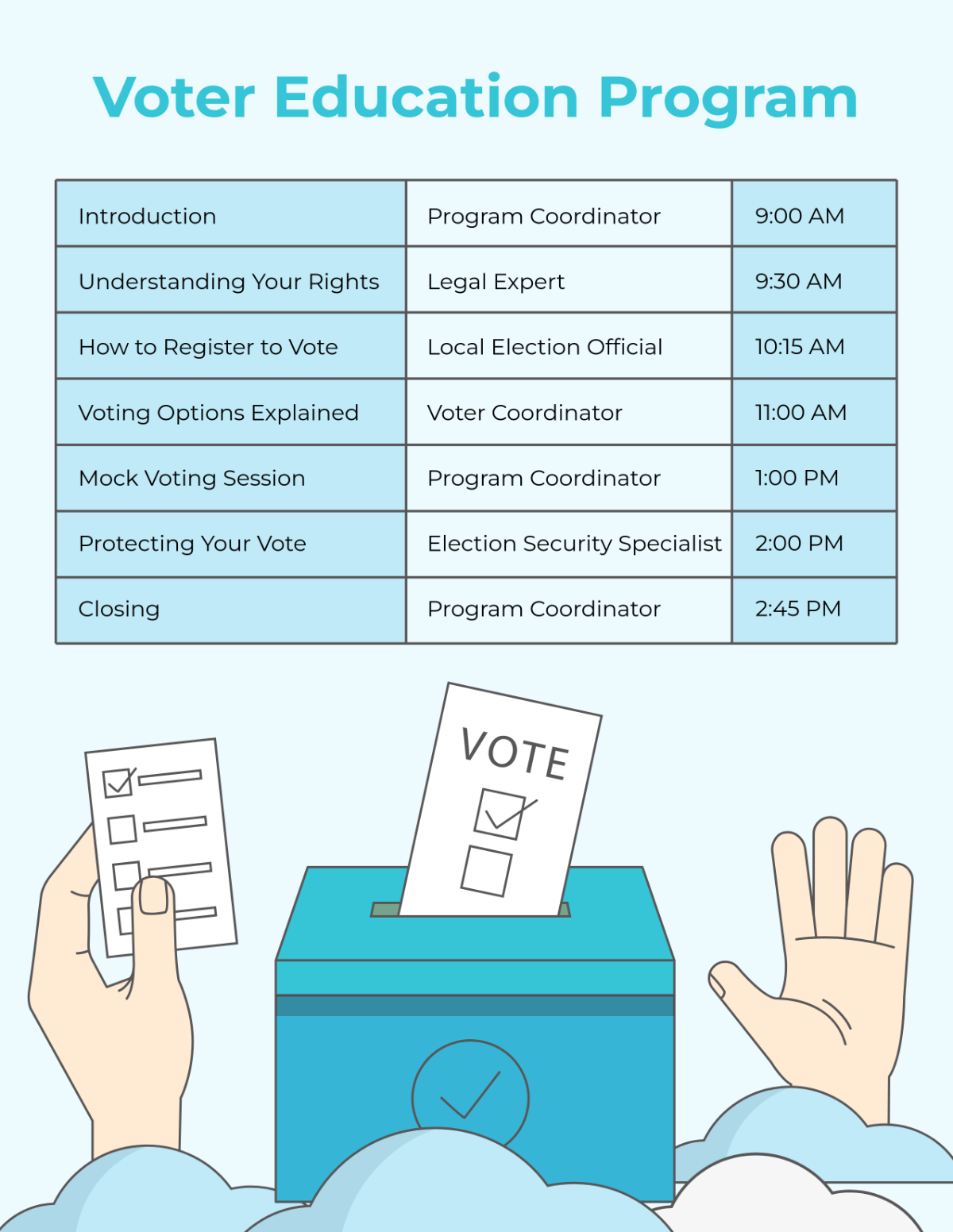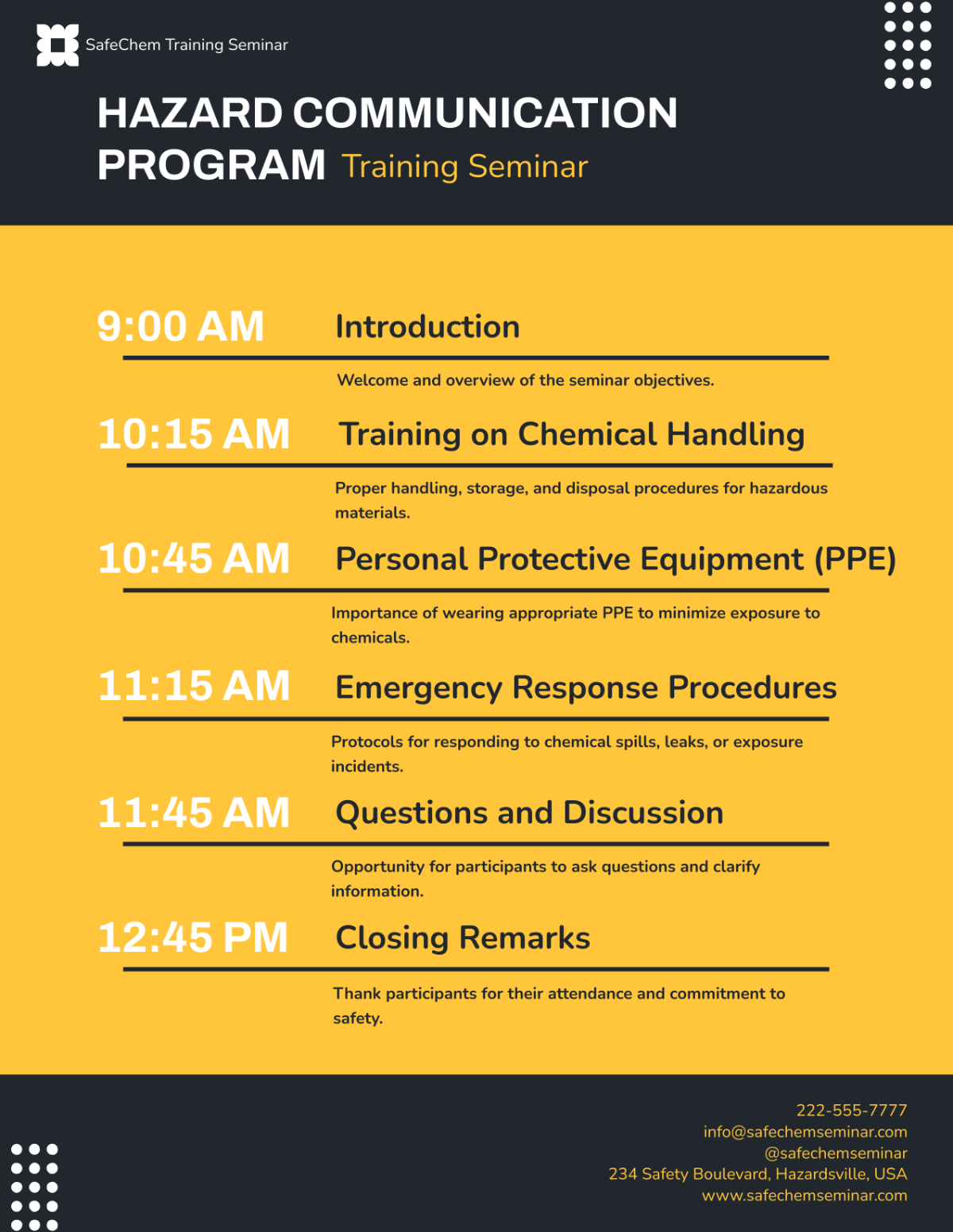Marketing Affiliate Program Analysis
1. Executive Summary
[Program Name] has shown promising results in boosting sales and brand awareness for our microchip manufacturing company. However, recent assessments have identified challenges in the advertising strategy, requiring a thorough analysis and strategic adjustments.
2. Program Overview
We launched the [Program Name] to leverage the power of affiliates in promoting our microchip products. Affiliates earn commissions for every sale generated through their unique referral links.
2.1 Program Structure:
The [Program Name] boasts a carefully designed structure, delineating commission tiers and incentives for affiliates. This subsection provides a transparent insight into the intricacies of the program, ensuring both affiliates and administrators comprehend the commission framework, bonus structures, and other motivational aspects.
2.2 Objectives and Goals:
Within this subsection, we will articulate the specific goals of the [Program Name]. Whether it's achieving higher market share, expanding product visibility, or driving direct sales, this subsection ensures a precise alignment of the program's objectives with broader marketing goals, offering a comprehensive view of its strategic purpose.
2.3 Target Affiliate Persona:
In this subsection, we will meticulously define the ideal affiliate persona for promoting our microchip products. Understanding the characteristics and motivations of successful affiliates is paramount for targeted recruitment efforts and tailored support. This subsection ensures detailed profiling of the ideal affiliates, facilitating more effective engagement and collaboration.
3. Program Performance Metrics
A review of key performance indicators (KPIs) reveals positive trends in sales growth, click-through rates, and affiliate engagement. However, a closer look indicates a decline in conversion rates, suggesting issues in the advertising funnel.
3.1 Sales Growth Analysis:
Within this subsection, we present a detailed analysis of sales growth trends over specified periods. Pinpointing peak sales periods and assessing the impact of promotions, this subsection offers insights into the program's overall effectiveness in driving revenue, aiding in strategic decision-making for future campaigns.
3.2 Conversion Rate Trends:
This subsection delves into the dynamics of conversion rates at various stages of the customer journey, identifying potential bottlenecks. Understanding conversion trends is crucial for optimizing the affiliate program's impact on turning leads into customers, ensuring a seamless and effective conversion process.
3.3 Affiliate Engagement Metrics:
In this subsection, we will thoroughly examine metrics related to affiliate engagement, including click-through rates and participation in training sessions. Assessing affiliate engagement provides valuable insights into the effectiveness of support systems, helping identify areas for improvement and additional incentives.
4. Affiliate Recruitment and Onboarding
An in-depth analysis of the onboarding process for affiliates highlights successful recruitment strategies. However, there is a need to enhance training materials and provide ongoing support to ensure affiliates are well-equipped for effective marketing.
4.1 Recruitment Strategies:
This subsection evaluates the success of diverse recruitment channels, including online platforms and industry events. A detailed analysis of recruitment strategies ensures a comprehensive understanding of what channels are most effective in attracting high-quality affiliates, and guiding future recruitment efforts.
4.2 Onboarding Process Efficiency:
Examining the onboarding process from the affiliate's perspective, this subsection assesses the clarity of onboarding materials and the comprehensiveness of training. Identifying areas for improvement will equip affiliates with the knowledge and resources necessary for successful promotional campaigns.
4.3 Ongoing Support Mechanisms:
This subsection investigates the ongoing support mechanisms in place for affiliates, such as dedicated account managers and communication channels. Enhancing these support systems fosters a collaborative and mutually beneficial relationship with affiliates, increasing their overall satisfaction and performance.
5. Advertising Channels Evaluation
Identify and assess the performance of advertising channels utilized in the affiliate program. Analyze the effectiveness of social media, email marketing, and other platforms in driving traffic and conversions.
5.1 Social Media Impact:
Within this subsection, we meticulously examine the effectiveness of social media channels in driving traffic and conversions. The focus is on identifying top-performing platforms and assessing the alignment of content with the preferences of the target audience. This analysis ensures that our microchip products are strategically positioned on social media, maximizing reach and engagement.
5.2 Email Marketing Performance:
This subsection delves into the contribution of email marketing to the overall success of the affiliate program. We scrutinize metrics such as open rates, click-through rates, and conversion rates to optimize email campaigns for maximum impact. Understanding the nuances of email marketing effectiveness ensures targeted and impactful communication with potential customers.
5.3 Additional Advertising Platforms:
Expanding beyond traditional channels, this subsection explores the performance of additional advertising platforms, such as influencer collaborations and content partnerships. The assessment aims to diversify the program's advertising portfolio, ensuring a broader reach and enhancing the overall effectiveness of the [Program Name].
6. Creative Assets Review
Evaluate the quality and relevance of creative assets provided to affiliates. Address any issues related to outdated or ineffective promotional materials, ensuring affiliates have compelling content to use in their campaigns.
6.1 Asset Quality Assessment:
Within this subsection, we conducted a comprehensive evaluation to assess the quality and relevance of creative assets provided to affiliates. This includes banners, graphics, and copy. The focus is on ensuring that affiliates have access to compelling and current promotional materials that effectively communicate the key features and benefits of our microchip products.
6.2 Asset Update and Maintenance:
This subsection emphasizes the importance of regular updates and maintenance of creative assets. Ensuring affiliates have access to the latest promotional materials prevents the use of outdated or ineffective assets. The goal is to maintain a dynamic and relevant set of creative resources for affiliates to leverage in their campaigns.
6.3 Asset Customization Opportunities:
Recognizing the diverse audiences affiliates may cater to, this subsection explores opportunities for the customization of creative assets. Allowing affiliates to tailor materials while maintaining brand consistency enhances the likelihood of resonating with varied target markets. This flexibility ensures that creative assets are adaptable to different promotional strategies.
7. Communication and Engagement
Examine the communication strategy with affiliates. Ensure that there is clear communication on promotions, product updates, and any changes to the program. Foster a sense of community and engagement among affiliates.
7.1 Communication Strategy Review:
This subsection critically evaluates the effectiveness of the current communication strategy with affiliates. The assessment includes the frequency, clarity, and channels we have used for communicating program updates and promotions. Identifying areas for improvement enhances overall engagement, ensuring affiliates are well-informed and motivated.
7.2 Community Building Initiatives:
Focusing on fostering a sense of community among affiliates, this subsection explores initiatives such as forums, webinars, or social media groups. These endeavors provide platforms for affiliates to share insights, strategies, and success stories, enhancing collaboration and mutual support within the affiliate community.
7.3 Feedback Mechanism Implementation:
This subsection emphasizes the implementation of a feedback mechanism to gather insights from affiliates about the program. Creating channels for affiliates to provide suggestions and report challenges ensures a continuous feedback loop. Utilizing this feedback enables the program to make informed and iterative improvements, enhancing overall satisfaction and performance.
8. Compliance and Regulation
Review the program's compliance with industry regulations and ethical standards. Ensure that affiliates adhere to guidelines and monitor for any potential legal risks associated with their promotional methods.
8.1 Compliance Audit Process:
This subsection establishes a robust process for auditing affiliate activities to ensure compliance with industry regulations and ethical standards. It involves regular monitoring of promotional methods, content, and adherence to guidelines, mitigating legal risks associated with non-compliant affiliates. By implementing a comprehensive compliance audit process, the [Program Name] ensures ethical and legal integrity in all affiliate marketing endeavors.
8.2 Affiliate Training on Compliance:
In this subsection, the focus is on enhancing affiliate training programs to emphasize the importance of compliance and ethical marketing practices. Providing resources and guidelines that educate affiliates on industry regulations reduces the likelihood of unintentional violations. This proactive approach ensures that affiliates are well-informed and empowered to engage in marketing activities that align with legal and ethical standards.
8.3 Legal Risk Mitigation Strategies:
To safeguard the program from potential legal challenges, this subsection involves the development of strategies to mitigate legal risks associated with affiliate marketing. This may include collaborating with legal experts to create clear contractual agreements, disclaimers, and terms of service. By implementing these legal risk mitigation strategies, the [Program Name] aims to operate within a secure and legally compliant framework.
9. Competitive Benchmarking
Conduct a comparative analysis of our affiliate program against industry benchmarks. Identify areas where our program excels and pinpoint opportunities for improvement to stay ahead of competitors.
9.1 Program Comparative Analysis:
This subsection conducts a detailed comparative analysis of the [Program Name] against industry benchmarks. It evaluates commission structures, support mechanisms, and promotional strategies employed by competitors, providing valuable insights into areas where the program can gain a competitive edge. The goal is to position our affiliate program as a leader in the industry, offering unique advantages that set it apart from competitors.
9.2 Industry Best Practices Integration:
Building on the insights gained from benchmarking, this subsection focuses on integrating industry best practices into the [Program Name]. Adapting successful strategies from competitors ensures ongoing optimization and effectiveness. By learning from the best in the industry, the program aims to continuously evolve and stay ahead in the competitive landscape.
9.3 Continuous Monitoring of Competitors:
To maintain a competitive edge, this subsection establishes a system for continuous monitoring of competitor affiliate programs. Staying informed about changes in their strategies, commission structures, and promotional tactics allows for proactive adjustments to our program. This continuous monitoring ensures that the [Program Name] remains adaptive and responsive to the dynamic landscape of affiliate marketing.
10. Recommendations and Action Plan
Based on the analysis, propose a comprehensive action plan to address the identified issues. This may include refining the onboarding process, optimizing advertising channels, updating creative assets, and strengthening communication with affiliates.
10.1 Strategic Adjustment Plan:
This subsection focuses on developing a comprehensive plan outlining strategic adjustments based on the analysis conducted. It includes specific actions related to refining the onboarding process, optimizing advertising channels, updating creative assets, and enhancing communication with affiliates. The strategic adjustment plan serves as a roadmap for revitalizing and optimizing the [Program Name].
10.2 Implementation Timeline:
Within this subsection, we will provide a detailed timeline for the implementation of recommended changes. It includes milestones, deadlines, and responsible parties to ensure a systematic and timely execution of the action plan. The implementation timeline is crucial for maintaining momentum and ensuring that improvements are rolled out in a coordinated and efficient manner.
10.3 Key Performance Indicators for Monitoring:
To measure the impact of implemented changes, this subsection defines key performance indicators (KPIs) that we will be closely monitoring. Establishing benchmarks for success and regularly evaluating the program's performance against these indicators ensures ongoing optimization. The focus is on data-driven decision-making to continuously refine and enhance the [Program Name].

















































